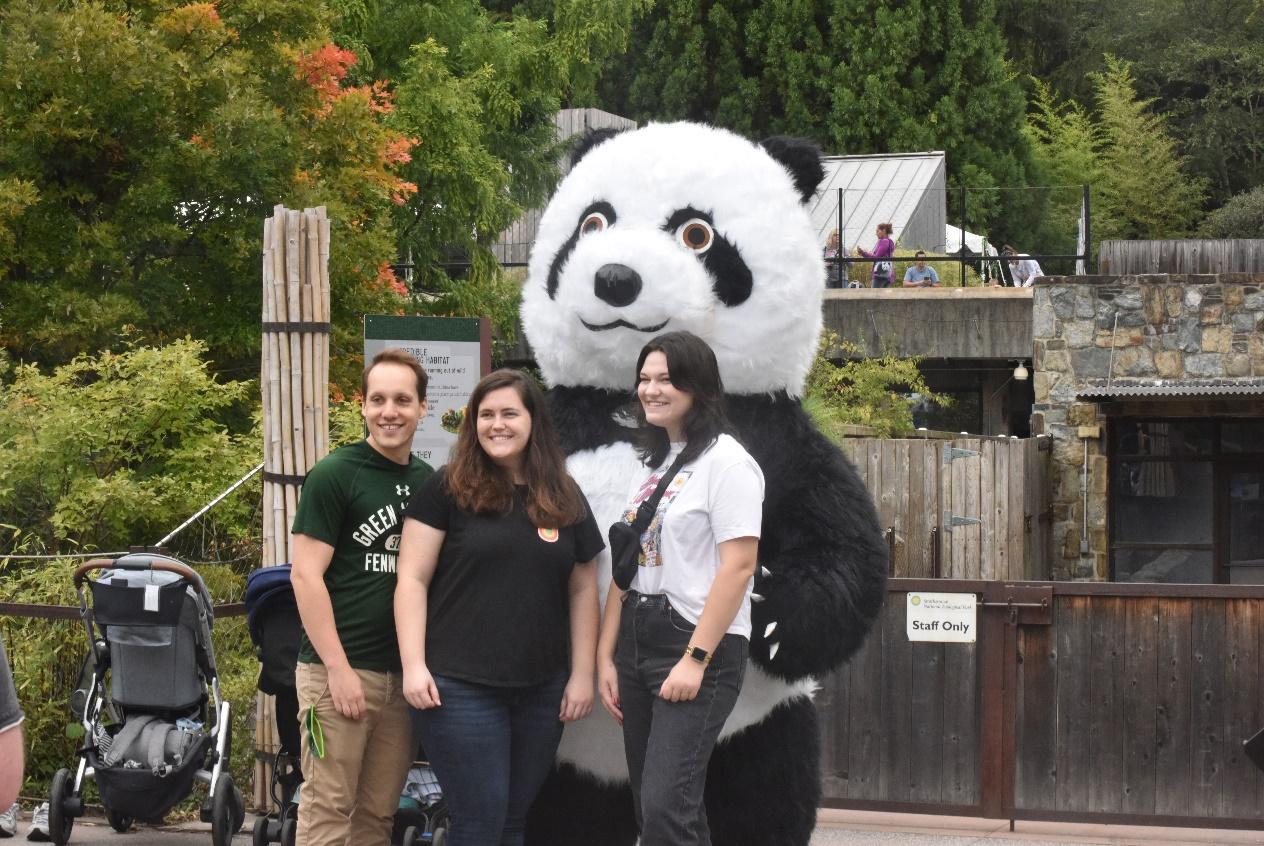Six people-to-people stories between China and the U.S.

Chinese President Xi Jinping delivered a speech on Wednesday at Welcome Dinner by Friendly Organizations in the United States in San Francisco, telling six stories between China and the United States.
1
San Francisco has borne witness to exchanges between the Chinese and American peoples for over a century. A hundred and fifty-eight years ago, a large number of Chinese workers came all the way to the United States to build the first transcontinental railroad, and established in San Francisco the oldest Chinatown in the Western Hemisphere. From here, China and the United States have made many achievements — $760 billion of annual bilateral trade and over $260 billion of two-way investment, 284 pairs of sister provinces/states and sister cities, and over 300 scheduled flights every week and over five million travels every year at peak time. These extraordinary accomplishments were made jointly by our peoples accounting for nearly one quarter of the global population.
2
San Francisco has also borne witness to the efforts by China and the United States in building a better world. Seventy-eight years ago, after jointly defeating fascism and militarism, our two countries initiated together with others the San Francisco Conference, which helped found the United Nations, and China was the first country to sign the UN Charter. Starting from San Francisco, the postwar international order was established. Over 100 countries have gained independence one after another. Several billion people have eventually shaken off poverty. The forces for world peace, development and progress have grown stronger. This has been the main fruit jointly achieved by people of all countries and the international community.
3
During World War II, our two countries fought side by side for peace and justice. Headed by General Claire Lee Chennault, a group of American volunteers, known as the Flying Tigers, went to the battlefield in China. They not only engaged in direct combats fighting Japanese aggressors, but also created "The Hump" airlift to transport much-needed supplies to China. More than 1,000 Chinese and American airmen lost their lives on this air route. After Japan attacked Pearl Harbor, the United States sent 16 B-25 bombers on an air raid to Japan in 1942. Running low on fuel after completing their mission, Lieutenant Colonel James Doolittle and his fellow pilots parachuted in China. They were rescued by Chinese troops and local civilians. But some 250,000 civilian Chinese were killed by Japanese aggressors in retaliation.
The Chinese people never forget the Flying Tigers. We built a Flying Tigers museum in Chongqing, and invited over 1,000 Flying Tigers veterans and their families to visit China. I have kept in touch with some of them through letters. Most recently, 103-year-old Harry Moyer and 98-year-old Mel McMullen, both Flying Tigers veterans, went back to China. They visited the Great Wall, and were warmly received by the Chinese people.
The American people, on their part, always remember the Chinese who risked their lives to save American pilots. Offspring of those American pilots often visit the Doolittle Raid Memorial Hall in Quzhou of Zhejiang province to pay tribute to the Chinese people for their heroic and valorous efforts. These stories fill me with firm confidence that the friendship between our two peoples, which has stood the test of blood and fire, will be passed on from generation to generation.
4
In 1971, the US table tennis team visited Beijing — a small ball moved the globe. Not long after that, Mr. Mike Mansfield led the first US Congressional delegation to China. This was followed by the first governors' delegation including Iowa Governor Robert Ray and then many business delegations, forming waves of friendly exchanges.
5
During my first visit to the United States, I stayed at the Dvorchaks in Iowa. I still remember their address — 2911 Bonnie Drive. That was my first face-to-face contact with the Americans. The days I spent with them are unforgettable. For me, they represent America. I have found that although our two countries are different in history, culture and social system and have embarked on different development paths, our two peoples are both kind, friendly, hardworking and down-to-earth. We both love our countries, our families and our lives, and we both are friendly toward each other and are interested in each other.
6
Recently, the three pandas at Smithsonian's National Zoo in Washington DC have returned to China. I was told that many American people, especially children, were really reluctant to say goodbye to the pandas, and went to the zoo to see them off. I also learned that the San Diego Zoo and the Californians very much look forward to welcoming pandas back. Pandas have long been envoys of friendship between the Chinese and American peoples. We are ready to continue our cooperation with the United States on panda conservation, and do our best to meet the wishes of the Californians so as to deepen the friendly ties between our two peoples.
The views don't necessarily reflect those of DeepChina.
Source: China Daily
